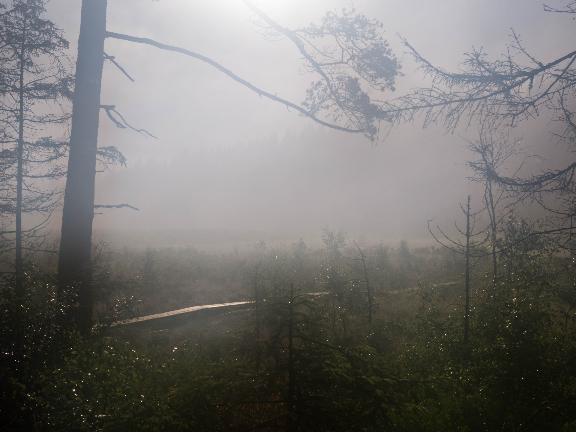Introduction
Natural sources such as oceans, lakes, wetlands and peatlands, are large contributors to the overall CH4 emission. Approximately 40 % of the total natural CH4 emissions are released from freshwater environments and they are therefore a large contributor to the overall CH4 emission. Due to the lack of studies in freshwater environment as well as studies that covers several years or growing seasons further studies are needed in order to properly estimate the global CH4 budget.
In lake sediment, CH4 is the end product formed through the methanogenesis. CH4 is emitted from the anaerobic sediment into the atmosphere by at least three different pathways, including flux of dissolved CH4 diffusing across the water-atmosphere interface, ebullition (direct bubble flux from sediments) and through rooted emergent aquatic macrophytes. In order for emergent aquatic macrophytes to provide their root system with oxygen, the plants have a well-developed system for gas transport in their cavernous stem. These gas systems can also transport CH4 molecules from the root systems, bypassing the oxidation zone in the sediments and release the molecules directly into the atmosphere.
Fluctuations in CH4 emission during the growing season and during the day from emergent aquatic macrophytes have been determined in some studies. However, studies on diel variation are limited regarding the number of diel cycles studied in each environment and the number of measurements during a 24 h period. This makes it uncertain how generally valid the reported diel variations are and there is a clear need of repeated diel studies on the same locations over the season.
Different variables affect CH4 emission from emergent aquatic macrophytes, both during the season and over a day. However, further studies are needed in order to investigate which variables that effect CH4 emission the most.

Responsible for this page:
Director of undergraduate studies Biology
Last updated:
05/21/15
